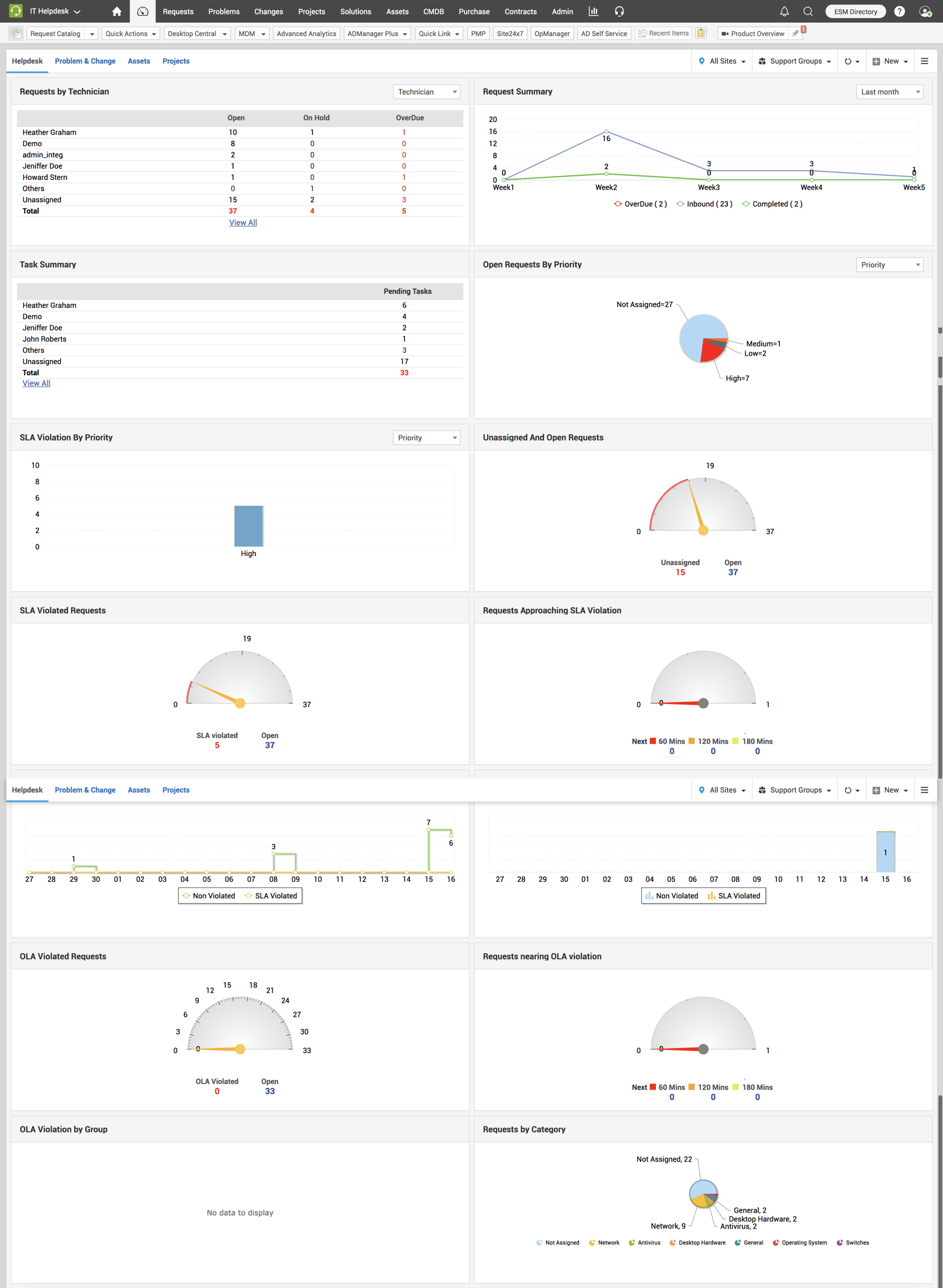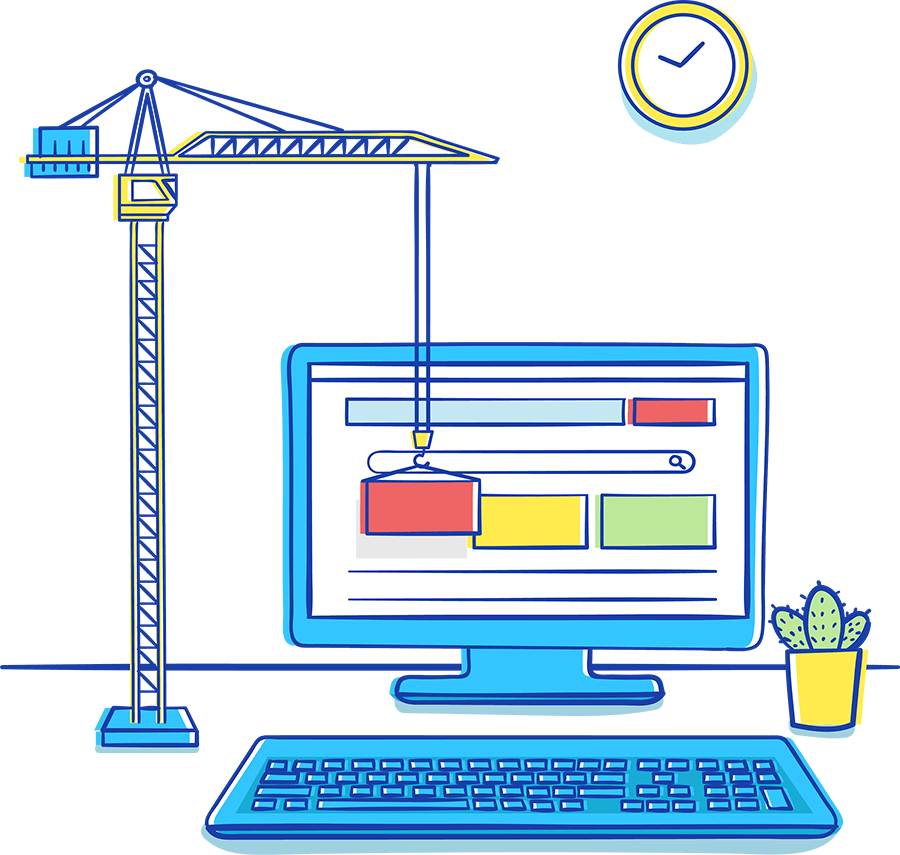The primary goal of any service desk is to restore normal business operations at the earliest possible, and with a minimum business impact. Consequently, managing the incoming tickets is fundamental to implementing an efficient incident management process in your organization.
A typical incident resolution process follows these steps:

However, this doesn't always work this way. There are multiple hurdles at every step.
In the next few topics, we will look at all possible hurdles that you could face while managing a service desk and how you can use ServiceDesk Plus to overcome them.
Metrics that Matter

The overall success of an efficient service desk lies in the numbers; the KPIs and metrics that matter. How well a service desk measures its performance is a key indicator of how efficient its processes are and how open to continuous evaluation and improvement they are open to.
With ServiceDesk Plus, you can create exhaustive Reports about how well incident management is implemented in the organization. Besides custom reports, you can generate reports for the following metrics:
- Average resolution time
- Average initial response time
- SLA compliance rate
- First call resolution rate
- Number of repeat incidents
- Reopen rate
- Incident backlog
- Percentage of major incidents
- End-user satisfaction rate
- Total number of calls created/closed
- Number of calls closed after/without violating SLA
Dashboard Widgets
The application dashboard lists various widgets to track request status. The data populated can be configured to be updated in regular intervals.



